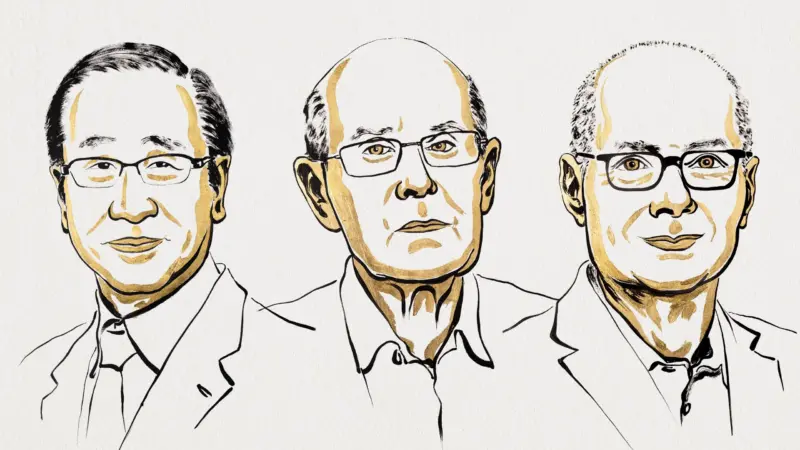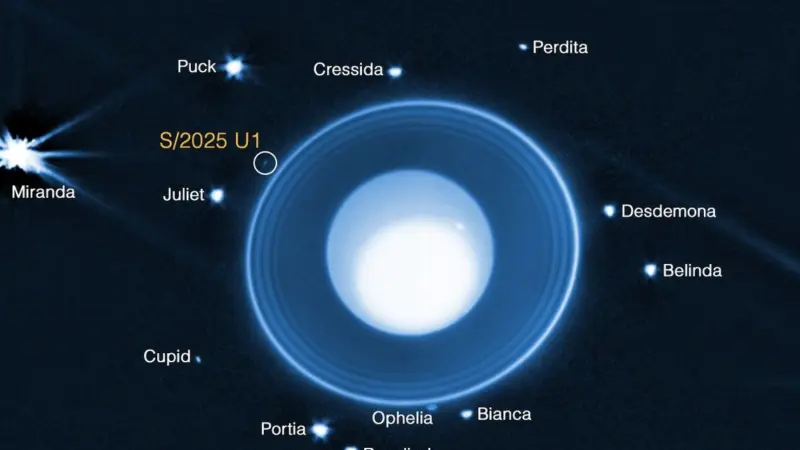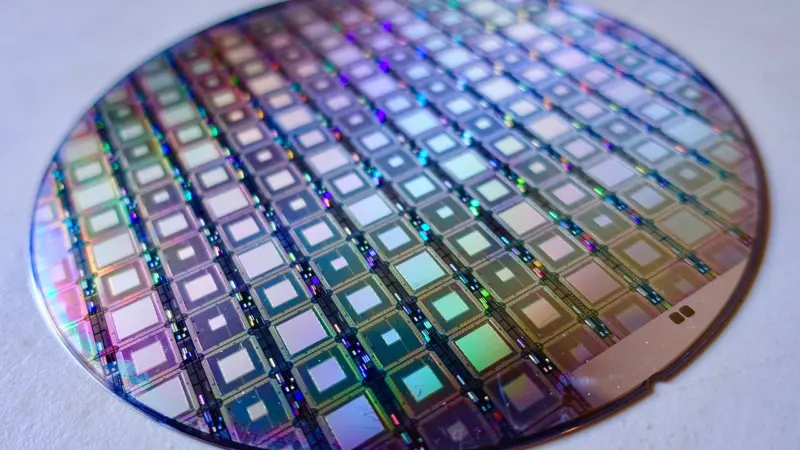Nobel Prize 2025 in Physics: The Experiments That Made the Quantum World Visible
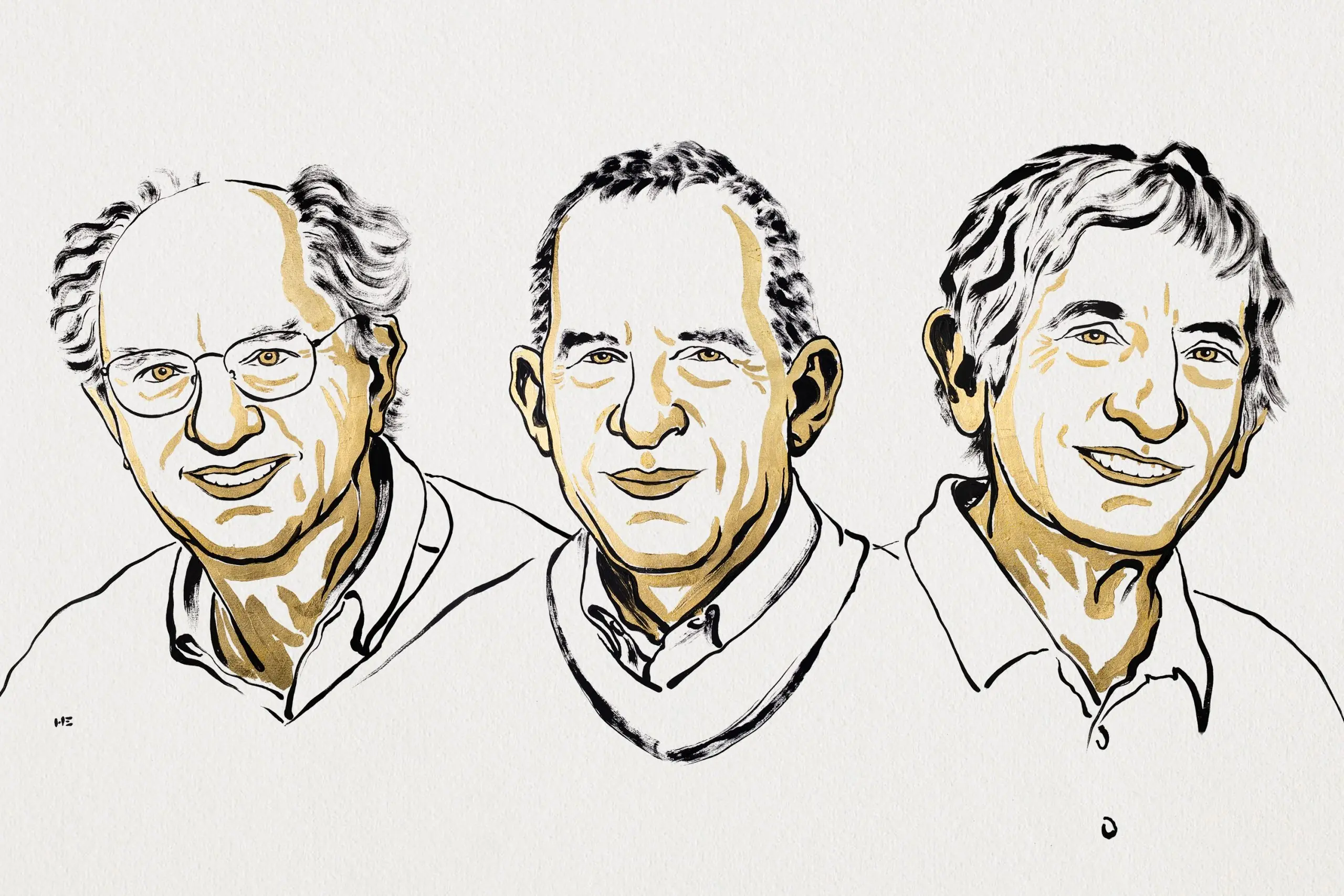
In a decision that underscores how fundamental physics can become the engine of new technologies, the Royal Swedish Academy of Sciences today awarded the 2025 Nobel Prize in Physics to John Clarke, Michel H. Devoret, and John M. Martinis “for the discovery of macroscopic quantum mechanical tunnelling and energy quantisation in an electric circuit.” Their experiments in the mid-1980s showed that quantum phenomena — usually confined to atoms and particles — can appear in circuits large enough to hold in your hand. The committee emphasized that this discovery provided a critical bridge from quantum theory to practical quantum technologies.
The experiments that changed the question “How big can quantum be?”
Quantum mechanics is famous for telling us that tiny things (electrons, atoms) behave in bizarre ways: they can exist in discrete energy levels, be in superposed states, or tunnel through barriers that would block a classical particle. For decades this strange behavior seemed limited to microscopic objects. The big question was whether the same effects could be produced and controlled in systems that are macroscopic, large compared with atoms and visible on a chip, where interactions with the environment quickly destroy fragile quantum states.
Clarke, Devoret and Martinis answered that question experimentally. Working with superconducting circuits that include Josephson junctions (two superconductors separated by a thin insulating barrier), they built tiny electrical circuits that nonetheless contained billions of electrons moving coherently. In a series of carefully designed low-temperature experiments they demonstrated two hallmark quantum behaviors in these circuits:
- Macroscopic quantum tunnelling — the circuit could “jump” from one classical state to another by tunnelling through an energy barrier, rather than climbing over it thermally. That is, the whole circuit behaved like a quantum particle tunnelling through a wall.
- Energy quantisation in a circuit — the electrical circuit had discrete energy levels, like an atom. The team could probe and measure transitions between those levels.
Technically, their setups made the Josephson junction behave as an “artificial atom” whose lowest energy states could encode quantum information. They achieved this by operating at millikelvin temperatures (so thermal noise is negligible) and designing circuits whose quantum degrees of freedom (phase and charge across the junction) could be isolated and measured. These experiments were among the first to show that coherence and quantisation, once thought fragile in large objects, could persist in engineered macroscopic devices.
The researchers: short scientific biographies and human details
John Clarke is a long-time figure in superconducting electronics and precision measurements, affiliated with the University of California (Berkeley). His experimental skill in measuring tiny signals at low temperatures and his early leadership in applying superconducting devices to fundamental physics were central to the prizewinning work.
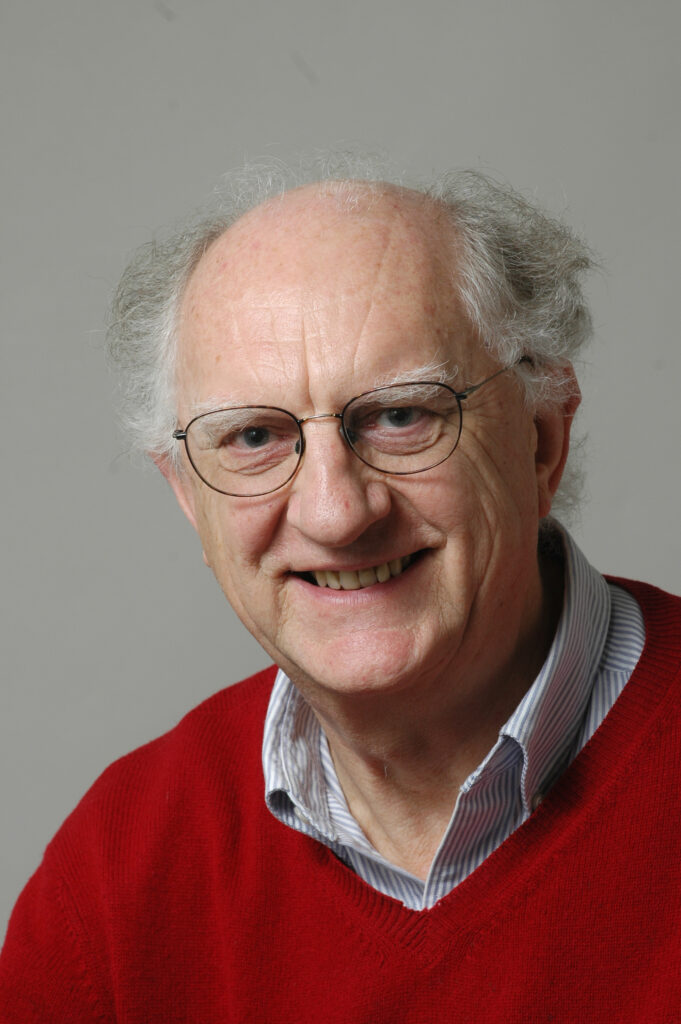
Michel H. Devoret, trained in France and later based at Yale (and with ties to UC Santa Barbara), has been a leading theorist-experimentalist who pushed the conceptual and practical design of superconducting circuits. Devoret’s work combines elegant circuit theory with hands-on experiments and he’s known for bridging condensed-matter ideas and quantum information concepts. YaleNews+1

John M. Martinis went on to play an influential role in industry efforts to scale superconducting qubits, notably leading Google’s Quantum AI Lab, and later returning to academia at UC Santa Barbara. His work spans the experimental demonstration of circuit quantum effects through to engineering larger qubit systems.
On a human level: these laureates are experimentalists who spent decades in cold labs tuning tiny circuits, dealing with fridge failures at 10 pm, and turning “weird lab results” into repeatable science. Their careers show a mixture of academic curiosity and technological ambition: from painstaking measurements of quantum escape rates to leading large engineering pushes to build processors out of qubits. Universities that employ them note both their scientific rigor and mentorship of successive generations of quantum researchers.
Real-world implications — why this matters beyond the lab
The laureates’ work is foundational for superconducting qubits, the platform used today by many major quantum computing efforts (including industry and national labs). When you hear about quantum processors with tens, hundreds, or — one day — thousands of qubits, a large fraction of that engineering descends from the idea that circuits can be designed to have discrete quantum levels and maintain coherence long enough to perform computations. Superconducting qubits behave like artificial atoms engineered on silicon chips; they are directly built from the same Josephson-junction physics these researchers explored.
Beyond computing, the ability to create and read out quantum states in electrical circuits feeds quantum sensing (extremely sensitive magnetometers, force detectors), quantum communication components (transducers, nodes), and tests of quantum mechanics itself at scales never before accessible. The techniques developed to isolate circuits from noise, to read single quantum transitions, and to measure tunnelling rates underpin devices that can sense tiny magnetic fields (for medical imaging or fundamental physics) and that can form parts of future quantum internet hardware.
Economically and strategically, this award is also a signal: quantum hardware is moving from conceptual physics to engineering product. That transition creates opportunities (new industries, specialized manufacturing, cryogenics, control electronics) and challenges (scalability, error correction, materials and supply-chain issues). Reviews and recent industry roadmaps emphasize that superconducting qubits remain one of the leading, most practical routes toward near-term quantum advantage — and that the underlying physics celebrated by this Nobel is central to those efforts.
What comes next? The long-term impact
Practical quantum computers still face hard problems: qubit coherence times must improve, error-correction overheads must shrink, and system-level engineering (wiring, cryogenics, control electronics) must scale. But the Nobel-winning work gave researchers a robust platform to attack those problems. In the next decade, expect:
- steady increases in qubit counts and fidelities for superconducting processors;
- improved quantum sensors that exploit macroscopic coherence for real-world measurements;
- refined hybrid devices coupling superconducting circuits to photons, spins or mechanical systems for new quantum interfaces.
Most importantly, the prize underlines that turning quantum weirdness into reliable tools is possible — and that brings quantum science from the blackboard into technologies that may change computing, communications, and measurement across many fields.
Putting the Nobel into perspective
This year’s award celebrates a pivot point in modern physics: the point where carefully engineered circuits made the abstract predictable properties of quantum mechanics visible, measurable, and usable in devices. It’s a reminder that Nobel prizes sometimes reward not only radically new theories, but also the clever experimental bridge-building that lets theory become technology. For students and young researchers, it’s a model: persistent attention to experimental detail plus conceptual clarity can convert “strange” into “useful.”
Sources & further reading: Nobel Prize press release and popular summary; Reuters, Berkeley News, Yale News, Physics World, SpringerOpen and recent reviews of superconducting quantum technologies.

